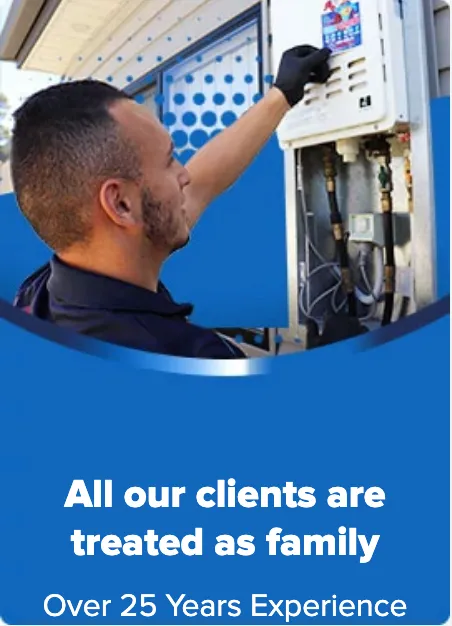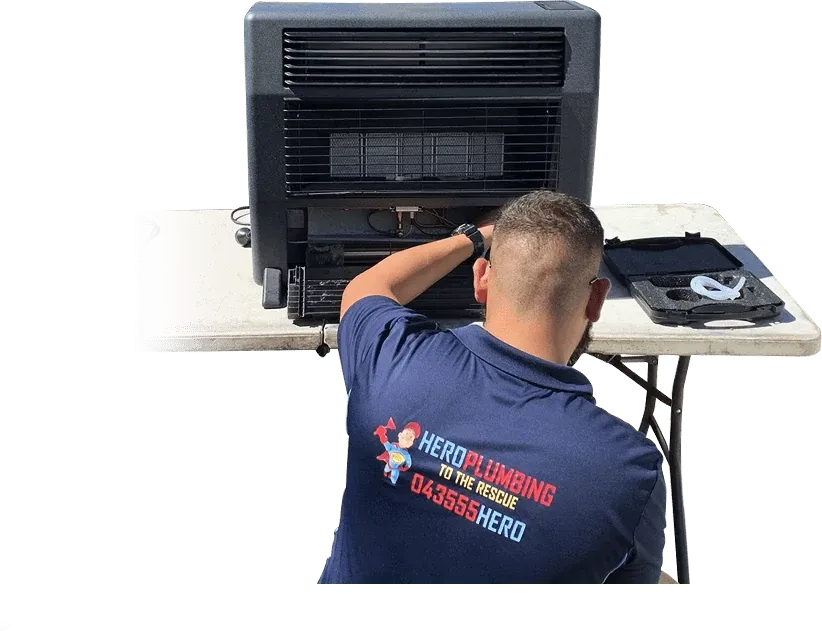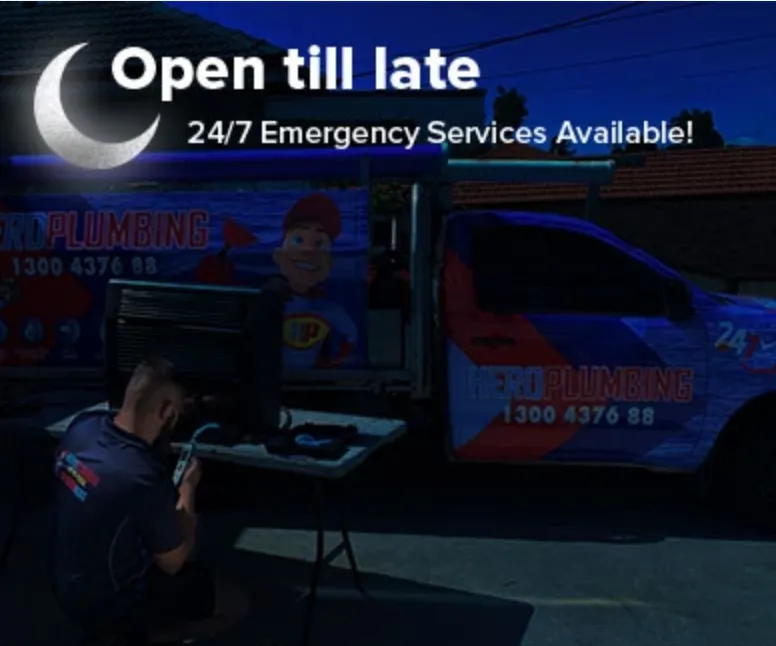
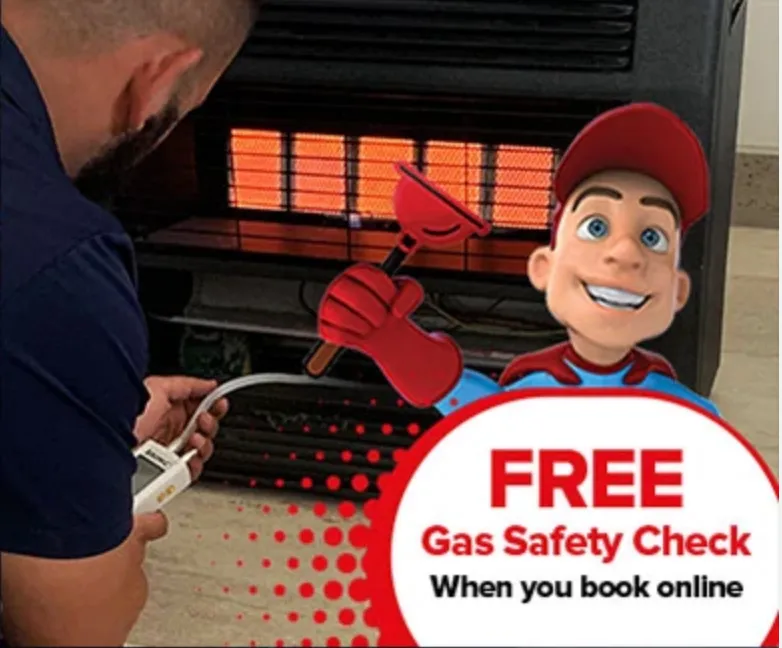
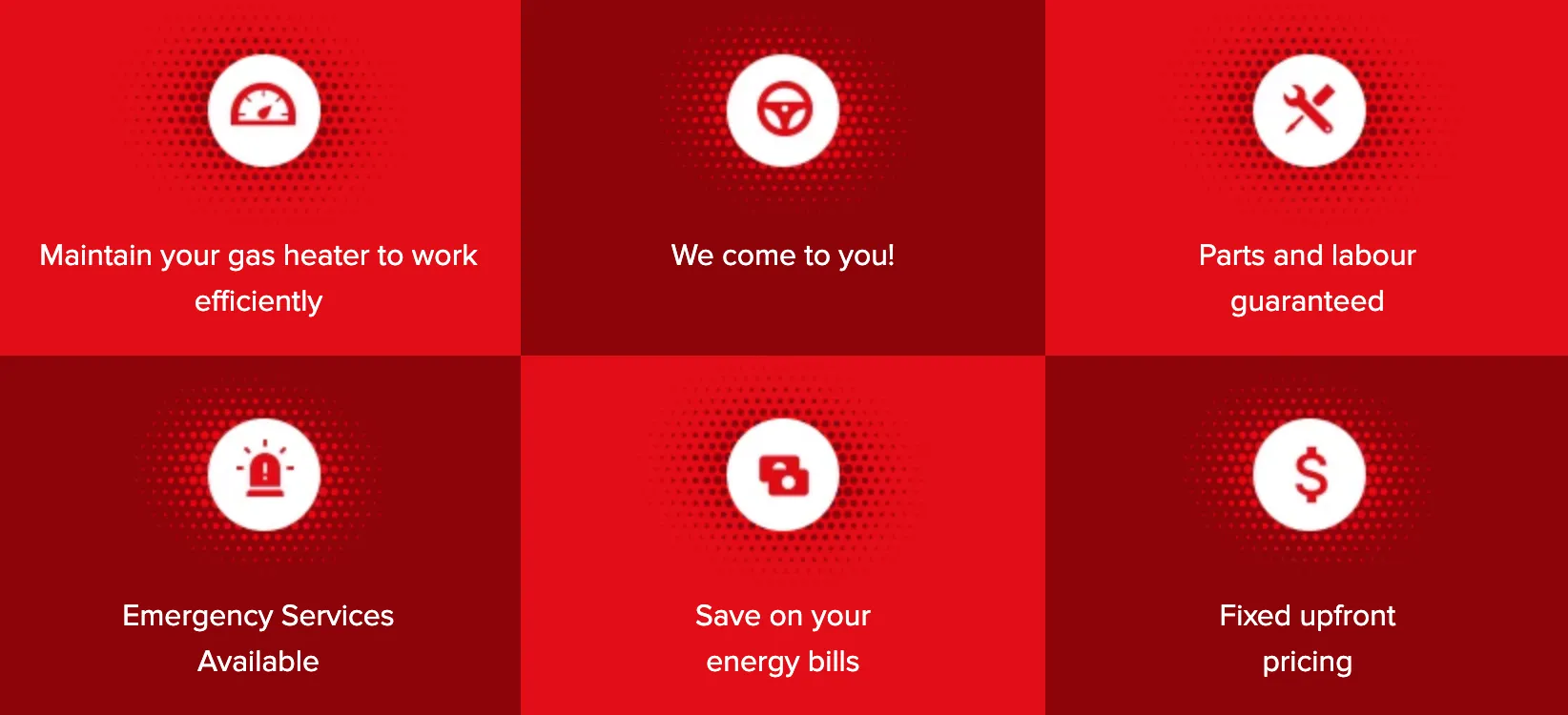
We all want our homes to be safe. After all, it is our refuge from the hustle and bustle of everyday life. But there may be a source of danger inside your house that you may be unaware of, something that could endanger you and your life. Carbon monoxide is one of those odorless and colorless substances that can put you at risk. Dangerous concentrations of carbon monoxide can cause poisoning and the problem is, it can be undetectable until someone gets sick.
You may have heard about people passing out and even losing their lives from carbon monoxide poisoning in their cars. But what you may not know is that this gas may be present inside your home, inhaled by your family and pets. How did it get into your house though? The answers may surprise you.
In places with very cold winters, boilers, furnaces, and fireplaces are lifesavers. They keep the houses comfortably warm even when the temperature outside is close to zero. However, if not well-maintained, these may also release carbon monoxide inside your home.
Water heaters, like boilers, are also secret sources of carbon monoxide. If the water heaters are in a small enclosed space like a bathroom, the danger of carbon monoxide poisoning increases.
It may be fun to have barbeque once in a while, but if you grill inside your house, you may be exposing yourself to a large dose of carbon monoxide.
If you opted for kerosene or a gas heater instead of a boiler or fireplace to heat up your home, you are still not safe from carbon monoxide poisoning because fossil fuel emissions are the most efficient sources of carbon monoxide.
Other appliances that produce carbon monoxide are clothes dryers, wood stoves, generators, and lawn equipment. Basically, any material that burns produces carbon monoxide.
Because carbon monoxide is invisible and odorless, you need a professional to check your house for elevated levels of this poisonous gas. This will involve a series of checks for carbon monoxide leaks to ensure all the heating appliances in your home do not exhaust dangerous levels of carbon monoxide. Usually, the culprits for carbon monoxide poisoning inside the home are gas heaters and boilers.
If you experience fatigue, dizziness, nausea, headaches, chest pain, upset stomach, and confusion with family members getting sick at the same time and feeling unwell whenever you are at home, it may be time to call a plumbing and gas services expert to measure the carbon monoxide levels in your home. As the saying goes, it's better to be safe than sorry.
